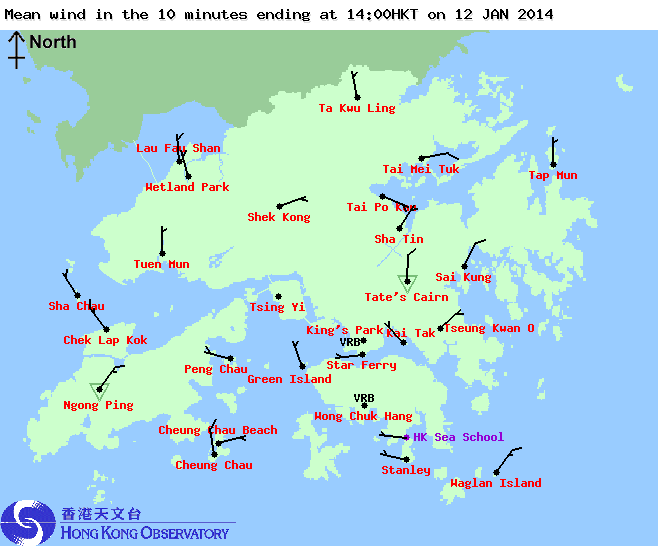13 February, 2015
Li Jing
Plastic bottles, barrels, bags, toothbrushes and even syringes are piled high around rural villagers and migrant workers tasked with recycling it.
They sort, clean and break up the rubbish before putting the pieces into furnaces where they are melted and remoulded, eventually to be processed into small granules.
The scene is typical of many family-run plastic recycling mills clustered in rural areas of Hebei, Shandong and Jiangsu provinces, to name a few, according to independent documentary director Wang Jiuliang, who has been filming the business for several years.
Yet the tale shows just one side of China’s huge plastic footprint. A study published this week in the journal Science said China was responsible for nearly 30 per cent of the plastic pollution clogging the world’s oceans.
The environmental and health impacts of China’s unregulated plastic recycling business were immense: the cleaning process pollutes waterways, melting and burning the scraps released toxic pollutants into the air, and leftover pieces unfit for recycling were dumped directly into riverbeds, Wang said.
His documentary, Plastic Kingdom, tells the story of how an 11-year-old girl almost became one such plastic recycler spending three years helping her parents – who wanted to make enough money from the business to send her to school, but failed.
According to the new study, led by Jenna Jambeck, an assistant professor of environment engineering at the University of Georgia, an estimated eight million tonnes of waste plastic enters the oceans each year from the world’s 192 countries with coastlines, based on 2010 data.
China’s heavily populated coastal cities contributed between 1.3 million and 3.5 million tonnes of the waste, the study found.
Chen Liwen, a researcher with the environmental group Nature University in Beijing, who has focused on the problem in her research, was not surprised by the findings.
“Plastic waste that has no value for recycling is either burned directly or dumped in waterways and eventually ends up in the sea. This is very common in China’s rural areas, where there is no waste management in place,” she said. Such waste includes thin plastic bags and plastic foam, used for food packaging.
China banned such bags in 2008, but enforcement is lax. The prohibition on plastic foam was lifted in 2013, sparking criticism from environmentalists, but even when the ban was in place, about 15 billion disposable plastic lunch boxes were produced every year, official statistics say.
Meanwhile, China was also the world’s largest importer of plastic waste, much of it from the United States, according to Wang, the filmmaker. Some plastic waste was even smuggled into China, as some areas of the business had become very profitable.
The study, published on Thursday, also found eight of the top 10 biggest contributors to the problem were in Asia, including Indonesia, the Philippines, Vietnam, Sri Lanka, Thailand, Malaysia and Bangladesh.
The US, the only wealthy industrialised nation in the top 20, ranked at No20. Coastal European Union nations combined would rank 18th. This is mostly because developed countries had systems to trap and collect plastic waste, Jambeck said.
The findings mark the most detailed assessment yet of the scale of plastic waste circulating in the oceans, imperiling wildlife and blighting once-pristine sites.
Jambeck projects that by 2025 the total accumulated plastic waste in the oceans will reach around 155 million tonnes. That’s based on population trends and continued waste management disposal problems, although there may be some early signs of change, she said. “We need to wake up and see our waste,” Jambeck said. “I think the problem in some ways has sort of snuck up around us.”
Researchers estimated more than nine million tonnes would end up in the oceans this year.
Additional reporting by Bloomberg and Associated Press




